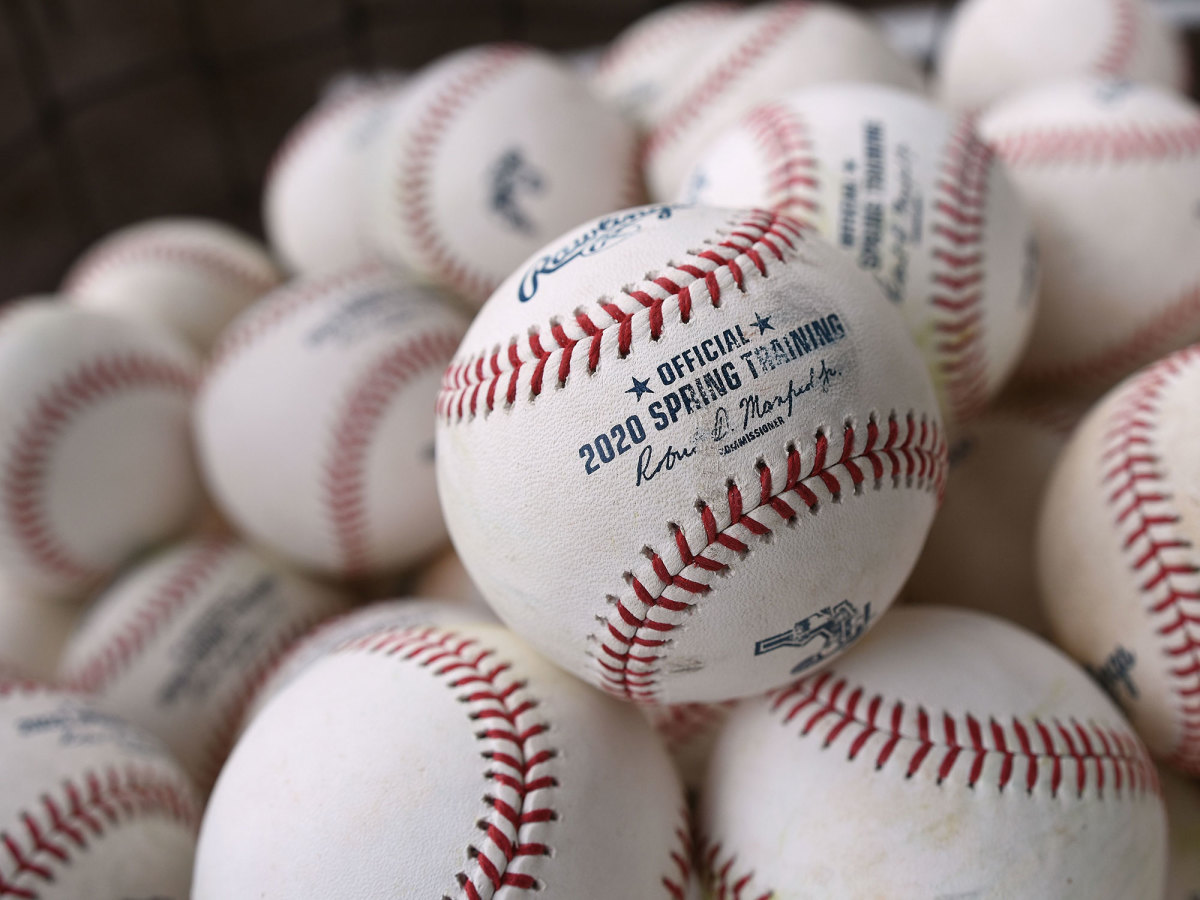'Summer Camp' Is Here–But MLB's Calendar Is Shattered
A baseball season offers its own method of timekeeping. It’s built to match the contours of the calendar, and to use its language, too. That starts with spring training, a time of rebirth; on to the boys of summer, tied to the season as much as they are to the sport; and at last to October, an entire month of drama. Then, in baseball as in nature, everything turns dark.
The technical terms—“preseason,” “postseason,” “offseason”—still work, just as they do for any other sport. But baseball does not have as much use for them. Baseball’s seasons are the seasons. Its “spring” is the world’s spring, its “winter,” the winter, perfectly aligned with all the attendant figurative language. A baseball season is a calendar. Or, put more famously (and schmaltzily), in the old essay from former commissioner Bart Giamatti:
“It’s designed to break your heart. The game begins in the spring, when everything else begins again, and it blossoms in the summer, filling the afternoons and evenings, and then as soon as the chill rains come, it stops and leaves you to face the fall alone. You count on it, rely on it to buffer the passage of time, to keep the memory of sunshine and high skies alive, and then just when the days are all twilight, when you need it most, it stops.”
Now, of course, none of that is true. Today, July 1, is the start of “spring training”—which, no longer applicable, has been rebranded as “Summer Camp,” complete with capital letters and matching corporate sponsor. The new Opening Day will fall around the old trade deadline. The old All-Star Game fell in the middle of the new Summer Camp, and there will be no new All-Star Game. The calendar is off; the metaphors don’t work. The rhythm is gone.
This new timeline matters from a technical perspective. An abbreviated training camp and harder start to the season can hold potential extra injury risks. A 60-game season demands expanded rosters and invites all sorts of weirdness. It matters from an aesthetic perspective, and a financial one, and a logistical one. And it matters in terms of simple chronology, too: How can anyone use this version of baseball for timekeeping? How do you experience a spring that starts in July?

These questions are not about baseball so much as they are about a larger collective perception. They’re why anyone can run a Google search for “why does time feel like this right now” and get a page of headlines like this:
• How the coronavirus pandemic is warping our sense of time.
• How the pandemic will change our relationship to time forever.
• Here’s why quarantine screws up your perception of time.
• Why time feels so weird right now.
Interested in how, specifically, it feels weird?
• Science explains why time seems to move so slowly during COVID-19.
• But also: Is time flying by oddly quickly during COVID-19? Here’s why you may feel that way.
Whether it’s too fast or too slow, it’s clearly, distressingly, confusingly different. The future is scrambled, impossible to bank on, while the past has melted into a single Before Time and the present is one great indistinguishable mass of sameness. The days are either very long or very short. If baseball is supposed to match our other tools for timekeeping—well, those tools seemingly broke apart just as baseball did.
So now baseball moves forward with a spring that starts in July. (Depending on your perspective, this is cause for either thankfulness that it’s here at last, or concern that it’s here at all, or both.) The typical measures of progress will not apply: There will be no gradual ramp-up to the trade deadline, and the stats will not begin to outgrow their small sample sizes as the days start getting long. The pace will be jagged. Each day will mean more; there’s so little room for error in a season as short as this one, there will not be time to settle in or temporarily fade into the background, and the promise of the next game will be conditional on so much. The end of the season will be not a deadline but a dream—to play through the end of September, let alone the end of the World Series, will mean that everyone involved has been not only unprecedentedly diligent but also absurdly lucky. (You win or you lose or it rains, or you get pulled off the field due to the spread of a global pandemic.) Spring training is Summer Camp, and there’s no way to guarantee the existence of October.
It will still be baseball. But it will be baseball unstuck in time, a season that could only exist in a year of broken clocks and warped chronology.
Giamatti did not write that essay about baseball and seasons and heartbreak while in office as commissioner. He wrote it as a fan, years before he worked in baseball at all. (Originally, he submitted it to his alumni magazine at Yale, where it was rejected “promptly and immediately,” but the magazine later decided to run it in 1978, after he was named president of the university—perk of the job, one can assume.) He returns to the idea of time, and permanence, in the final paragraphs:
“It breaks my heart because it was meant to, because it was meant to foster in me again the illusion that there was something abiding, some pattern and some impulse that could come together to make a reality that would resist the corrosion; and because, after it had fostered again that most hungered-for illusion, the game was meant to stop, and betray precisely what it promised.”
He was right, of course: There is no reality that can resist the corrosion. But it now seems preciously naive to think that the only thing powerful enough to stop the game is time.
